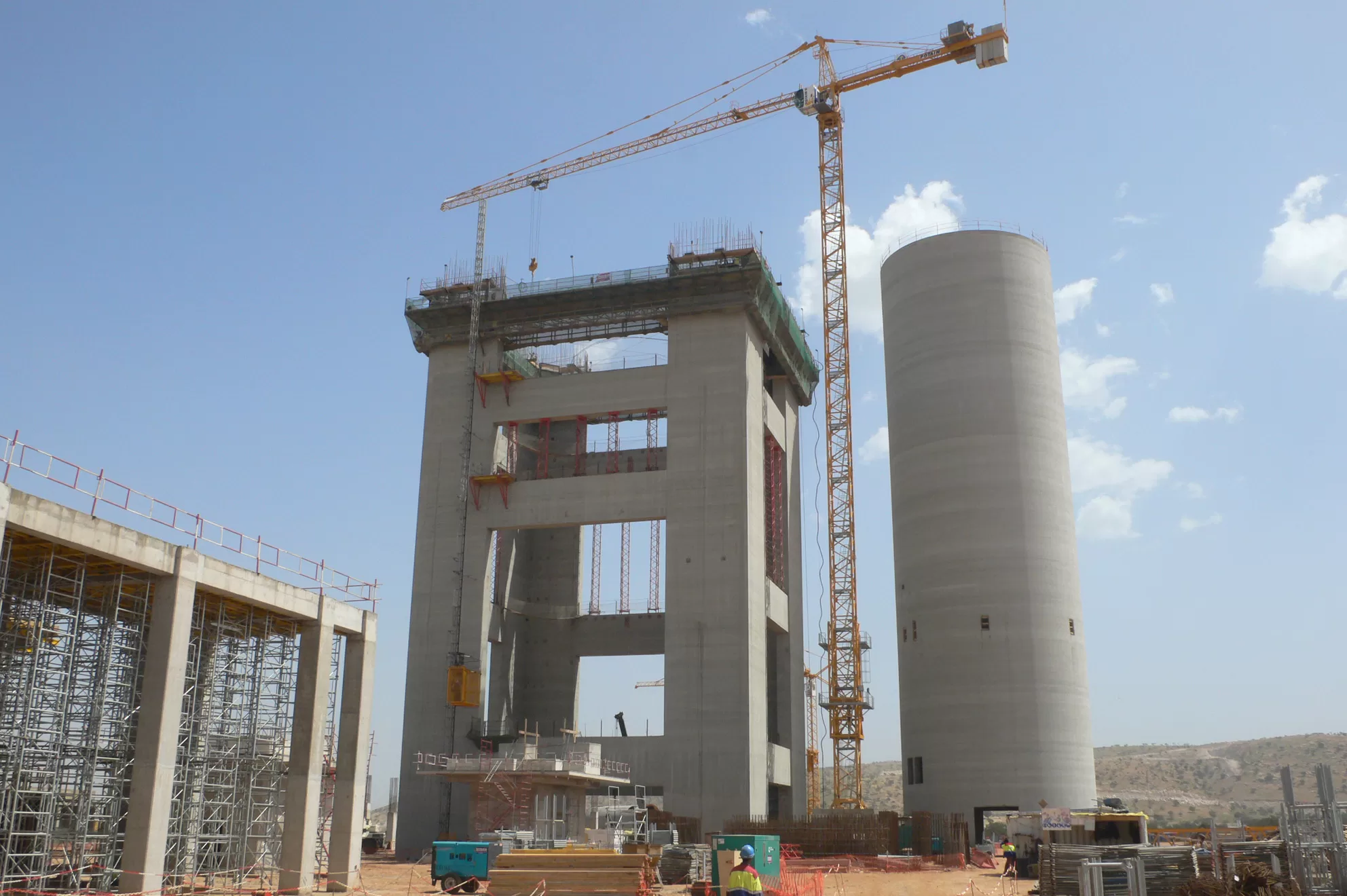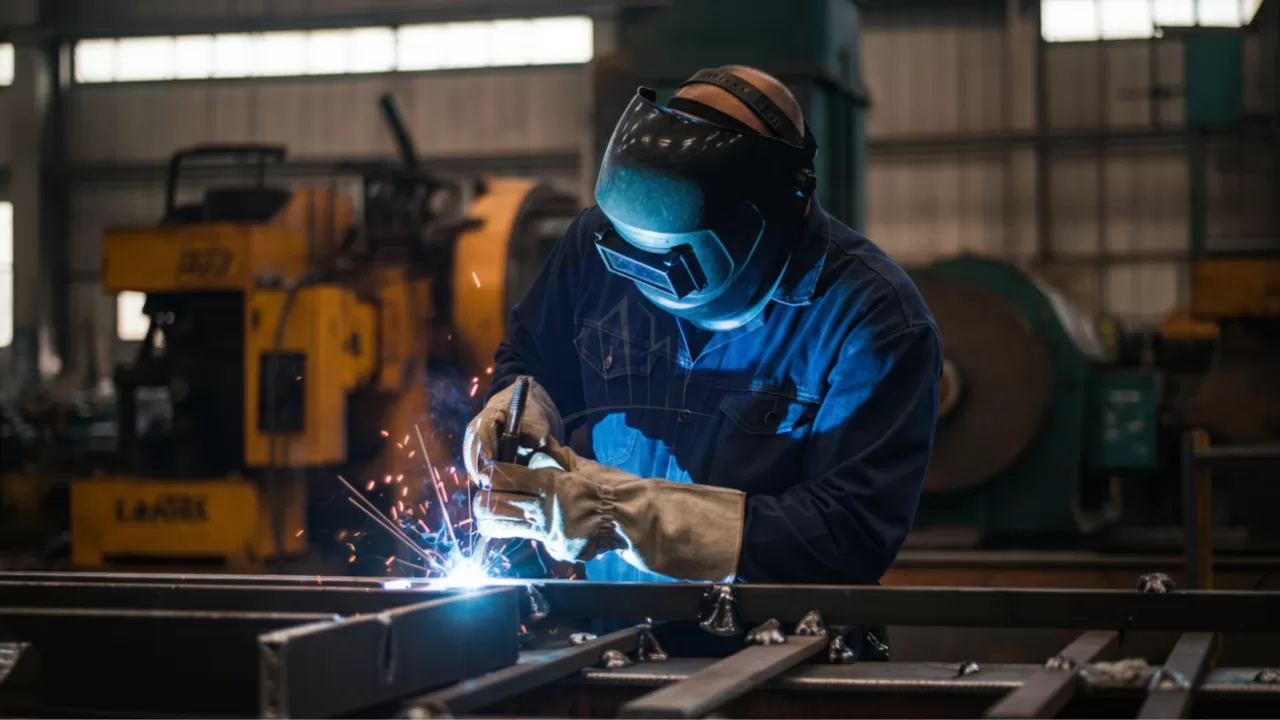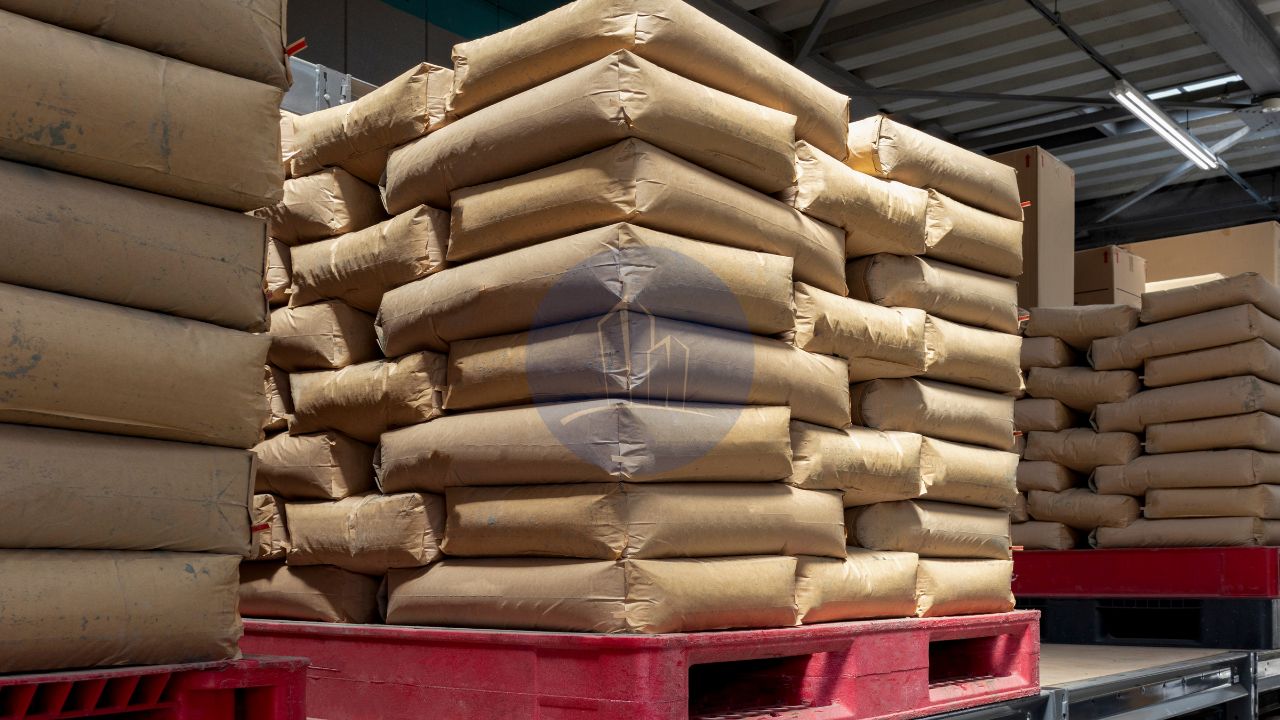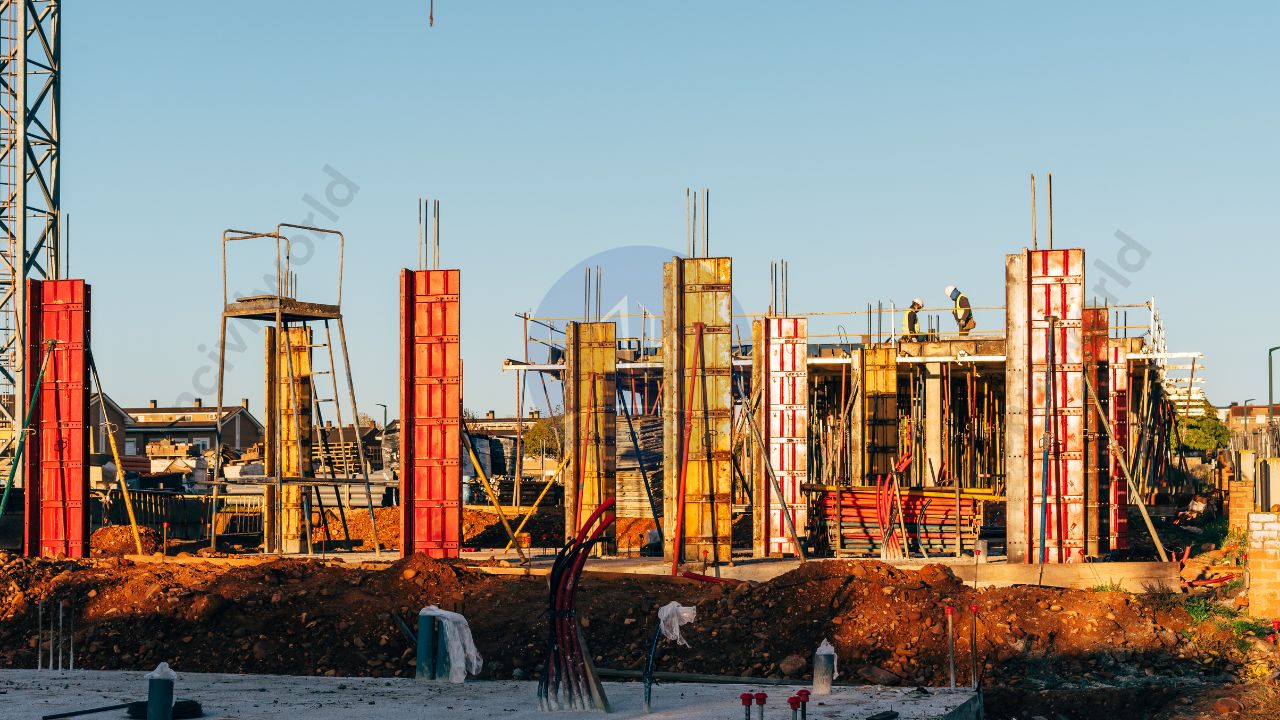Weld inspection is crucial for ensuring the quality and safety of welded joints. This applies across various industries, including construction, automotive, and manufacturing. This critical process verifies that welds meet rigorous industry standards, identifying any defects that compromise performance or safety. Weld inspection combines visual inspection with advanced non-destructive testing (NDT) methods, such as radiography and ultrasonic testing, to detect surface and subsurface flaws. Certified Welding Inspectors (CWIs) are accredited by organizations like the American Welding Society (AWS) or CSWIP. They play a key role in overseeing these inspections. They also uphold quality standards.
Like this:
Like Loading...










